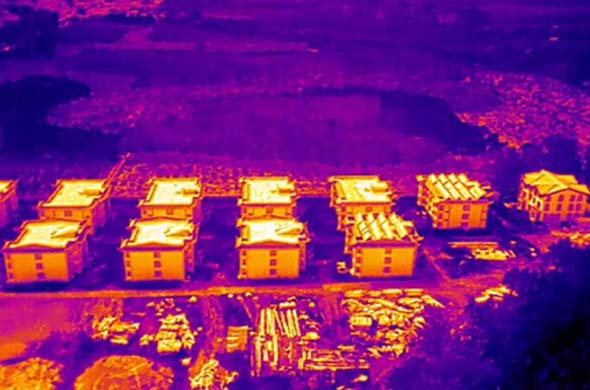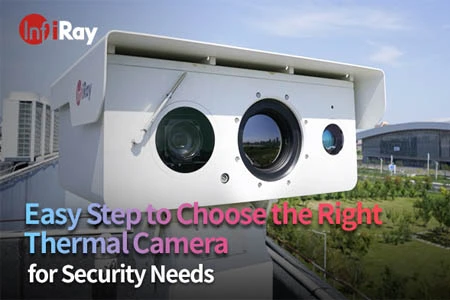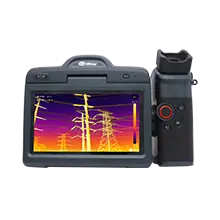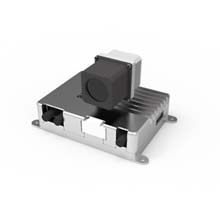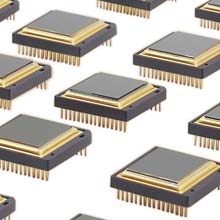Why are Thermal Imaging Cameras So Expensive
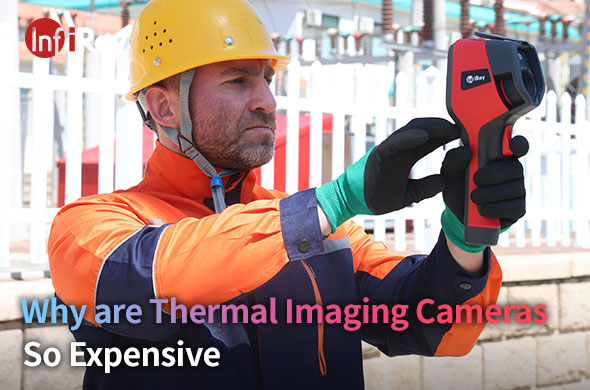
Thermal imaging cameras have revolutionized industries ranging from firefighting and law enforcement to building inspections and medical diagnostics. Despite their undeniable utility, one question looms large: why are thermal cameras so expensive? Let's delve into the intricacies of this technology to understand the factors driving their high price tags.
Understanding Thermal Imaging Technology
Thermal imaging cameras detect infrared radiation emitted by objects and convert it into a visible image, allowing users to see temperature variations. This process relies on advanced optics, sensors, and signal-processing algorithms to produce accurate thermal images.
Research and Development Investments
Developing cutting-edge thermal imaging technology requires substantial investments in research and development. Companies pour resources into exploring new materials, improving sensor sensitivity, and enhancing image processing algorithms. These investments drive up the initial costs of bringing a thermal imaging camera to market. InfiRay's R&D team knows that technology has to be shared to progress. Therefore, they will support the development of open source to share with all friends who are interested in infrared technology.
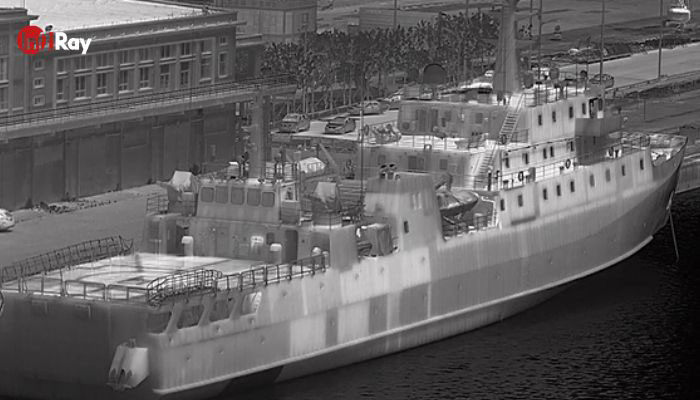
Taken by InfiRay 8μm 1920 uncooled infrared thermal module
Manufacturing Complexity and Materials
Precision engineering is crucial in the manufacturing of thermal imaging cameras. Components must be meticulously crafted to meet stringent quality standards. Additionally, specialized materials with thermal conductivity properties are often used, further adding to production costs. Manufacturers must navigate complex production processes and invest in quality control measures to ensure the reliability of their products.
Regulatory Compliance and Standards
Thermal imaging cameras must comply with industry regulations and standards to guarantee their safety and effectiveness. Achieving certification involves rigorous testing and validation procedures, which incur additional expenses for manufacturers. However, adherence to these standards is essential to instill confidence in consumers and regulatory bodies.
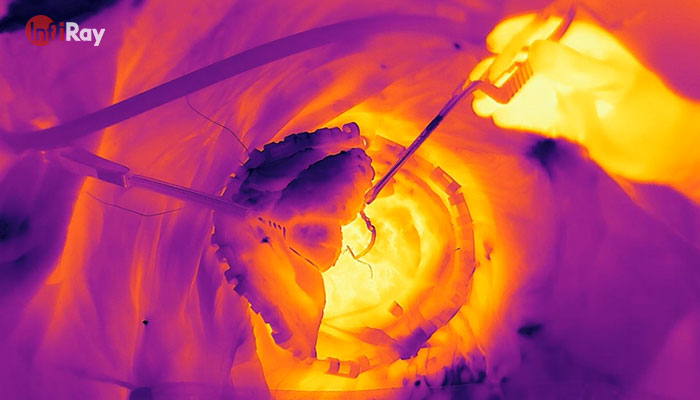
InfiRay AT1280 thermal camera used in brain medical
Market Demand and Industry Dynamics
The demand for thermal imaging cameras is driven by a wide range of applications across various industries. As demand outstrips supply, manufacturers may capitalize on market dynamics to set higher prices. Competition within the industry also influences pricing strategies, with companies seeking to differentiate their products based on features and performance.
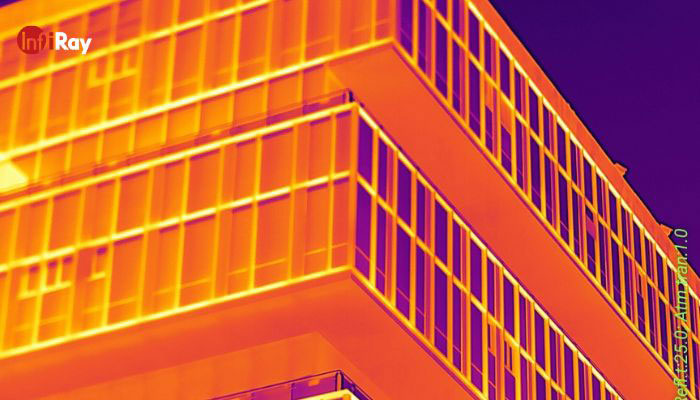
End-User Applications and Value Proposition
Despite their high cost, thermal cameras offer significant value to end-users. They enable quick and accurate detection of anomalies, enhance safety in hazardous environments, and facilitate preventive maintenance to minimize downtime. When evaluating the cost of thermal imaging cameras, it's essential to consider the long-term benefits they provide in terms of efficiency, safety, and cost savings. Of course, as technology continues to advance, the cost of thermal imaging continues to decrease. For example, some budget-friendly cell phone thermal imaging was introduced.
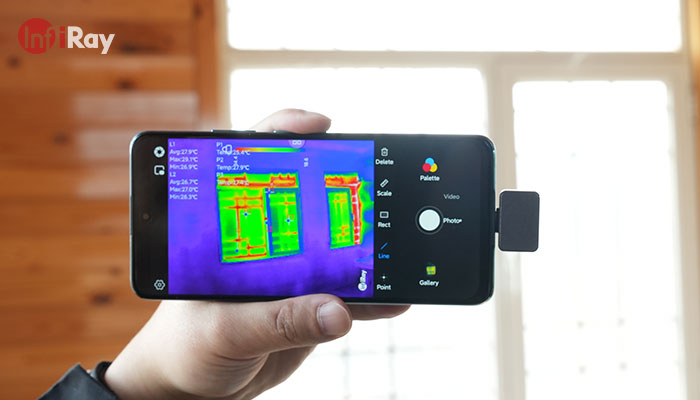
The expense of thermal imaging cameras can be attributed to a combination of factors, including research and development investments, manufacturing complexity, regulatory compliance, market dynamics, and the value they offer to end-users. While the upfront cost may seem prohibitive, it's crucial to recognize the long-term benefits and applications of this transformative technology.

 français
français  Deutsch
Deutsch  Español
Español  italiano
italiano  русский
русский  português
português  العربية
العربية  日本語
日本語  한국어
한국어  magyar
magyar 






